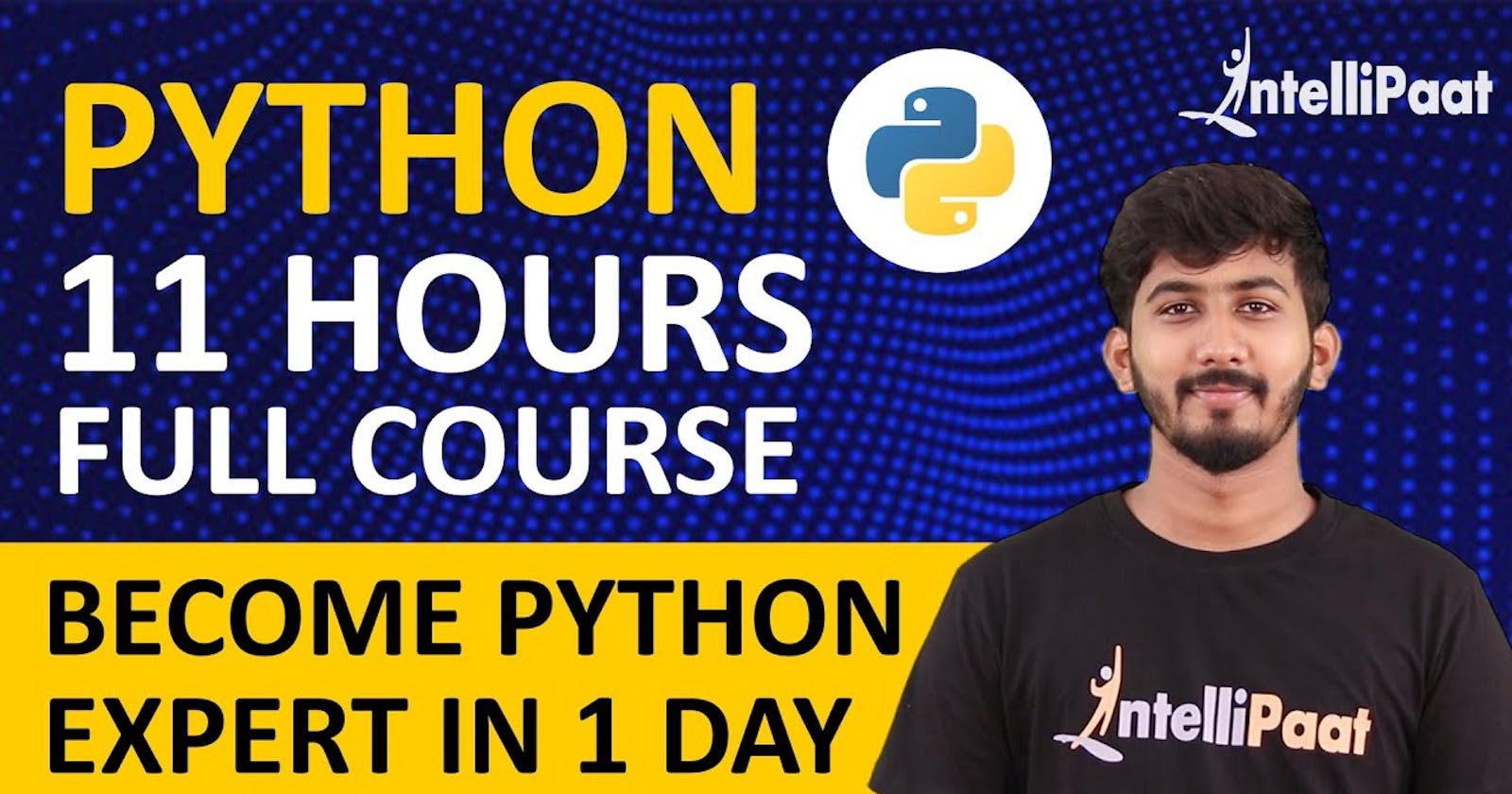Python is an interpreted, object-oriented, high-level, dynamically semantic programming language. It is particularly appealing for Rapid Application Development as well as for usage as a scripting or glue language to tie existing components together due to its high-level built-in data structures, dynamic typing, and dynamic binding. Python's straightforward syntax places a strong emphasis on readability, which lowers the cost of program maintenance. Python's support for modules and packages promotes the modularity and reuse of code in programs. For all popular platforms, the Python interpreter and the comprehensive standard library are freely distributable and available in source or binary form.
Python frequently causes programmers to fall in love due to the enhanced productivity it offers. The edit-test-debug cycle is extraordinarily quick because there is no compilation step. Python programs are simple to debug since a segmentation failure is never caused by a bug or incorrect input. Instead, the interpreter raises an exception when it finds a mistake. The interpreter prints a stack trace if the application doesn't catch the exception. When using a source-level debugger, you can walk through the code one line at a time, create breakpoints, check local and global variables, evaluate arbitrary expressions, and more. Python's ability to perform introspection is demonstrated by the debugger, which is developed in Python. On the other hand, adding a few print statements to the source code is frequently the easiest way to debug a program due to the short edit-test-debug cycle.
Improve your abilities and enhance your job opportunities by taking *Python Course *today.

